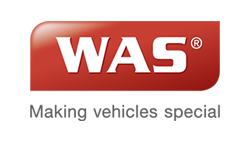

More than 1 million emergency calls were received by the East of England Ambulance Service NHS Trust (EEAST) in 2017/18. The authority responsible for the provision of ambulances to the National Health Service (NHS) operates within the counties of Bedfordshire, Cambridgeshire, Essex, Hertfordshire, Norfolk and Suffolk in the East of England. There are a total of approx. 5.8 million people residing in this area, which spans more than 19,400 square kilometres. The 4000+ employees and approx. 1500 volunteers can hardly complain about underemployment. On the contrary, an intensive search for skilled workers is underway to help meet the large number of calls. While in the event of skills shortages in England you are also more or less at the mercy of economic factors, demographics and politics, luckily you have more influence when it comes to the selection of operating resources.
The EEAST fleet currently consists of 387 front line ambulances, 178 rapid response vehicles, 175 non-emergency ambulances (PTS and HCRT vehicles) and 46 HART/major incident/resilience vehicles. With vehicles that are tailored to the needs of local rescue services and patients, the EEAST is establishing a basis for the best possible medical care in the event of an emergency. Since 2008 this has also increasingly included vehicles featuring the WAS box body. Ultimately, there were many reasons behind the decision to forego box vans altogether in favour of premium box bodies when purchasing vehicles. Without doubt, the available space and greater flexibility played a role when equipping their fleet. At EEAST people are so convinced of the advantages of the box body solution that they elect to save money on the chassis and even forego a little drive comfort – in favour of a premium box body. For this reason, the box body is now installed on a Fiat Ducato chassis, and no longer a Mercedes-Benz Sprinter. A choice that the English continue to stand by: in November 2018 WAS won the contract for 500 vehicles to be supplied by 2022 within the scope of a framework agreement.
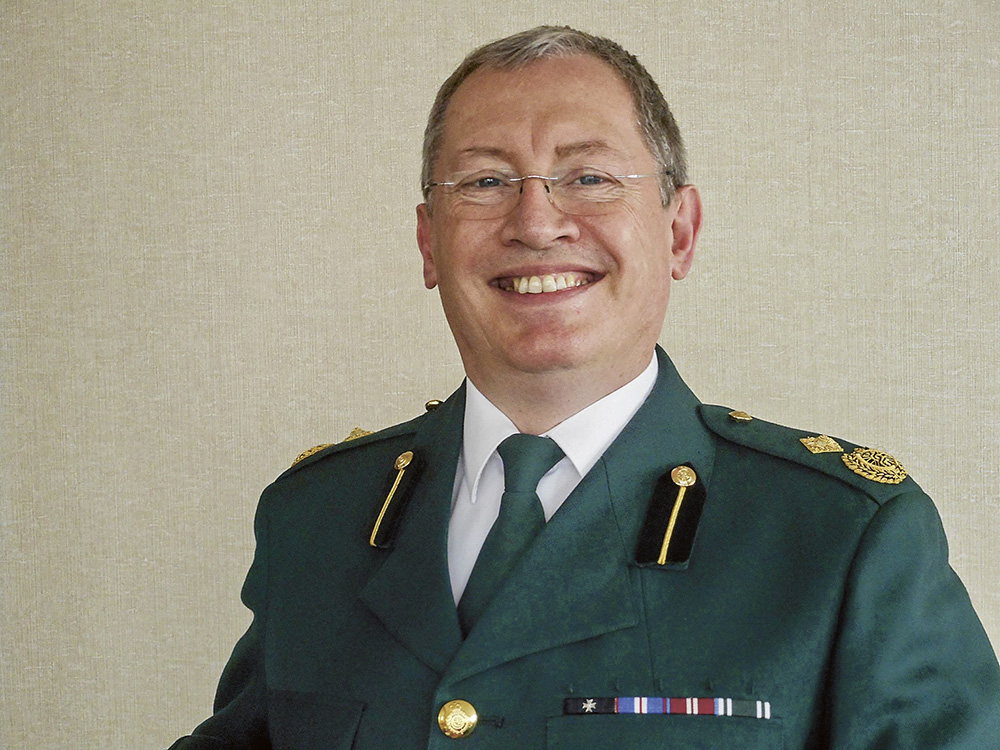
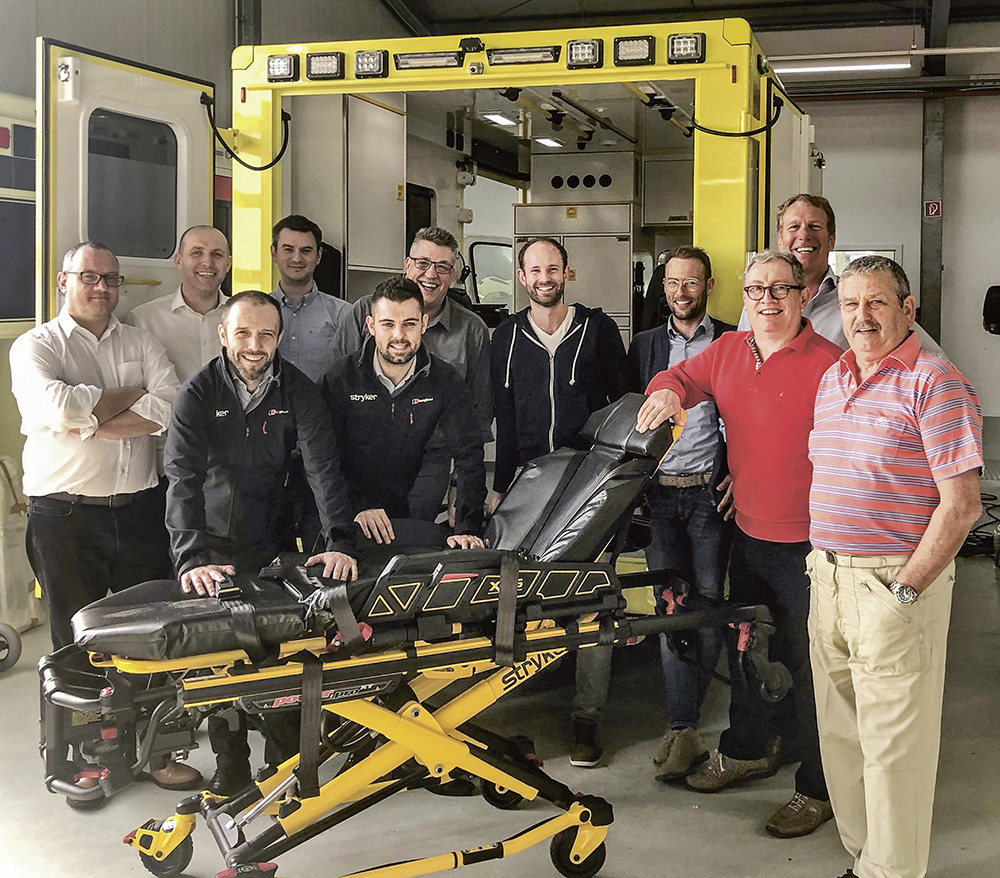
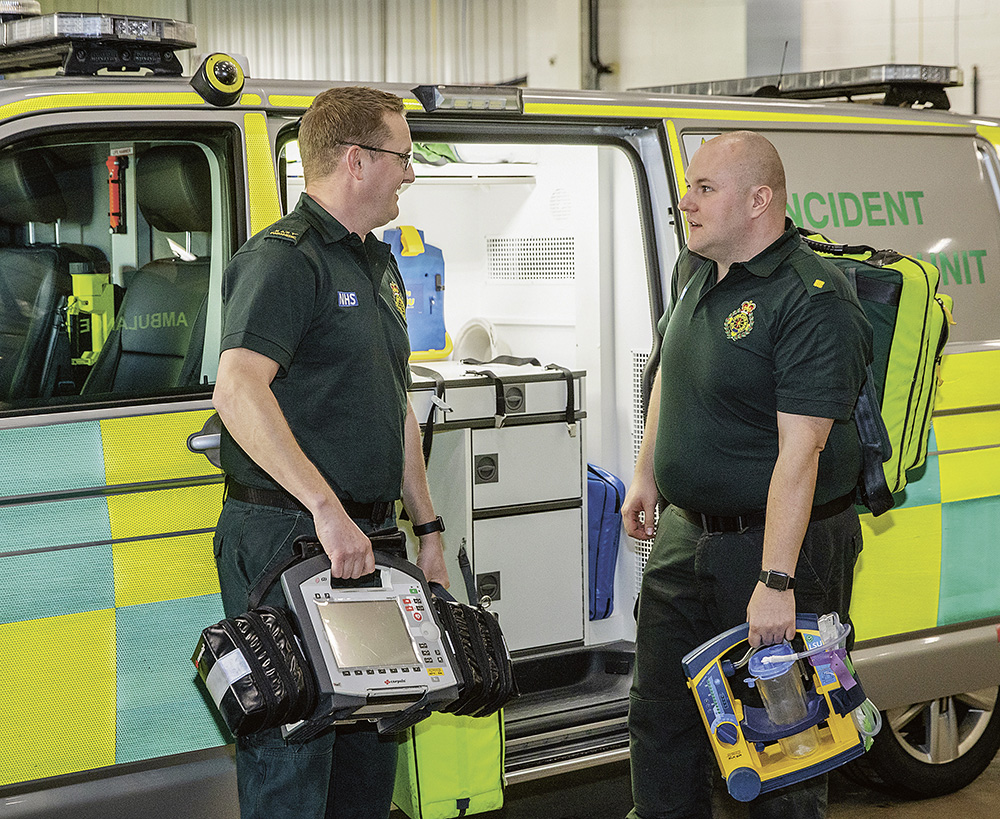
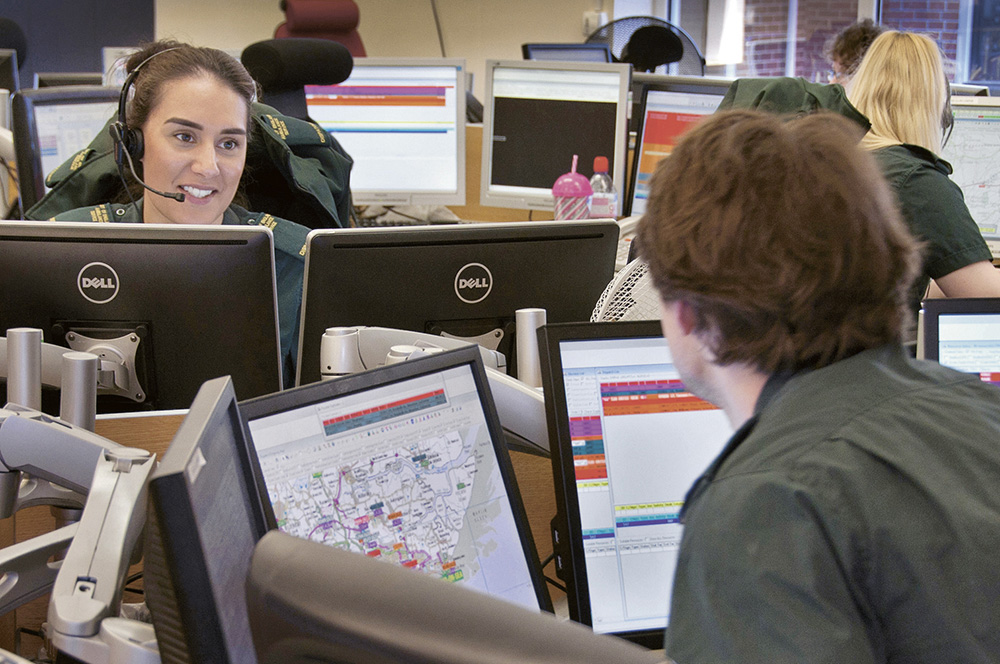
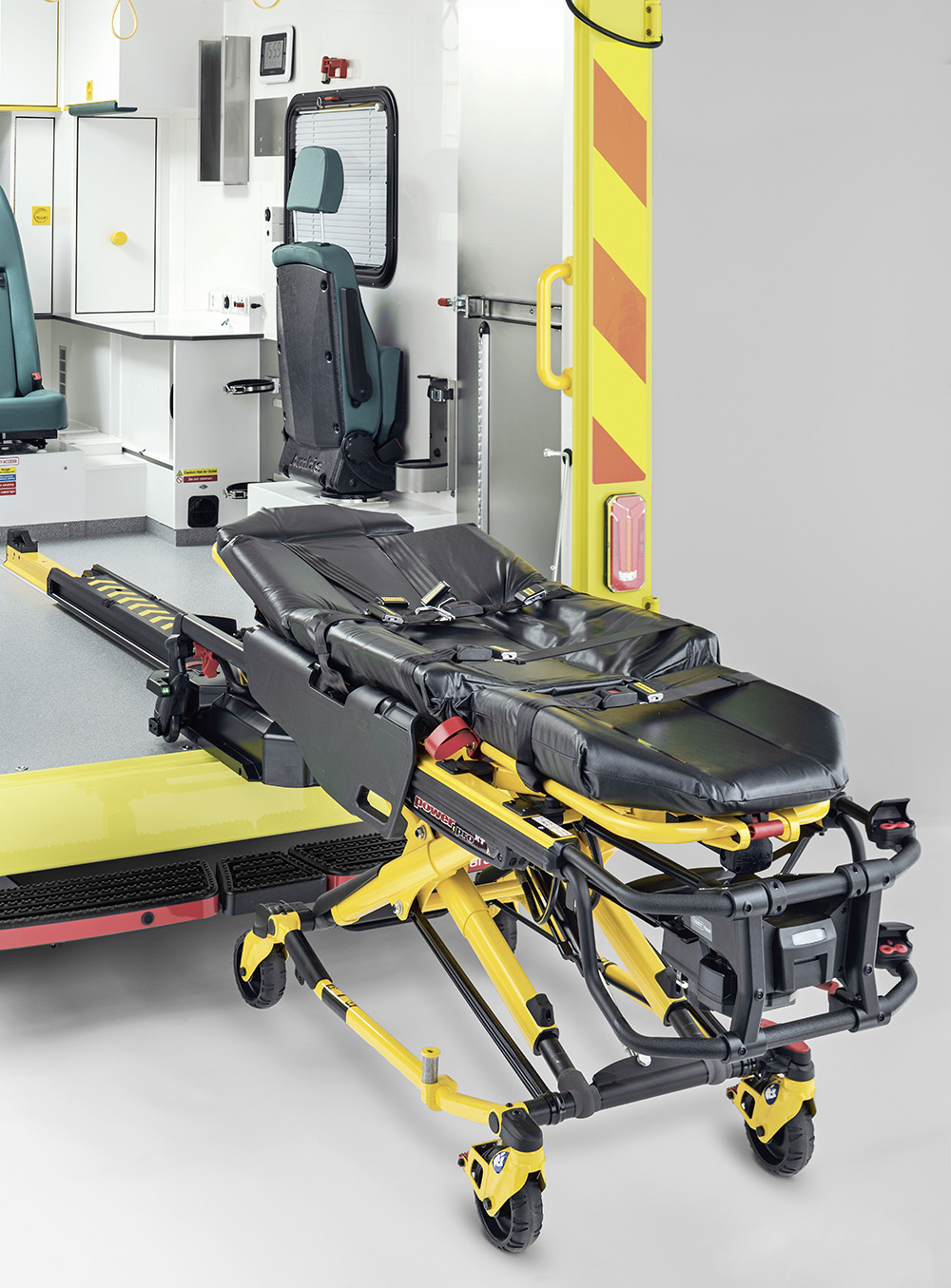
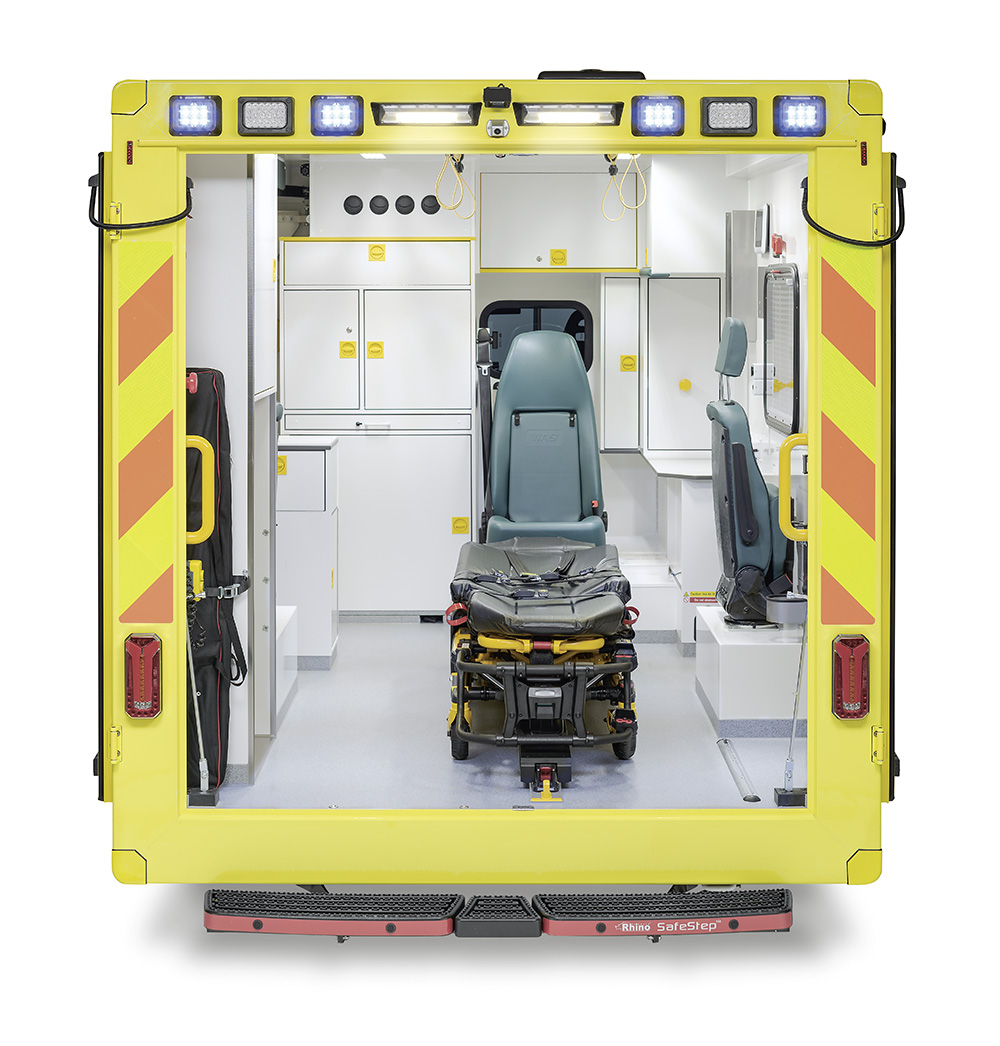
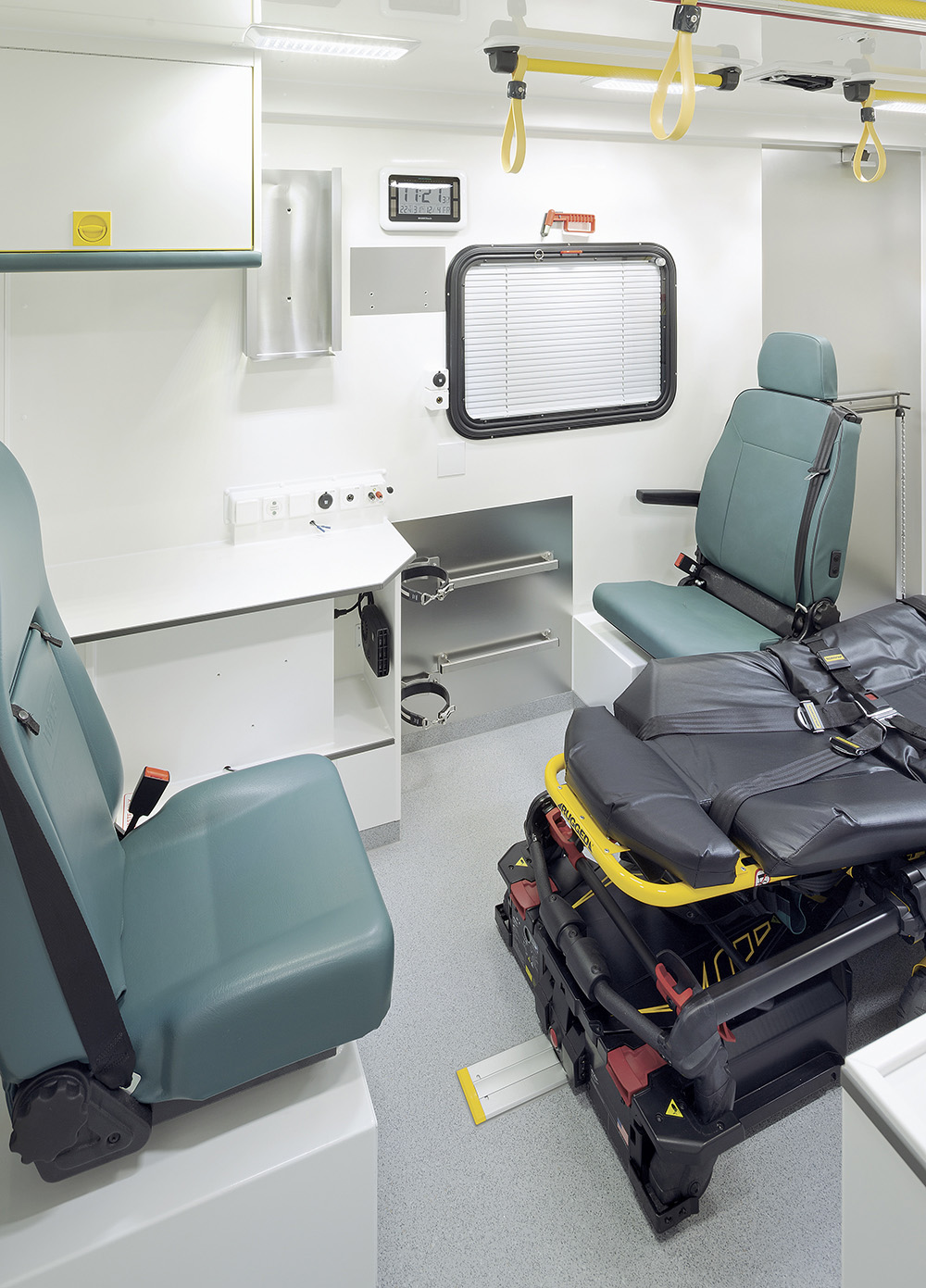
Paul, why did you decide to purchase boxes over vans for your latest procurement of 500 ambulance vehicles?
We constantly review the best environment in which to provide care. For many years we’ve got used to using a coach, so this was an ideal opportunity for us to test what it was that our staff felt was most appropriate way of caring for the patient so in the lead up to making our decision we built a number of evaluation vehicles, some on a van and some on a FIAT platform with a box. And the constant feedback from our users was that they preferred the greater operating space that the box enabled them to have. It enabled us to design the vehicle with less restriction that the van was providing so we had more space to think the vehicle through ergonomically and to start to test where seats are best located in terms of being proximate to the patient and where other key items of equipment goes. So over all, the operation inside a box was deemed to be the best environment for crews and therefore the best environment for our patients.
What was the trust’s decision making in favour of the box body like from a financial perspective?
The decision was never only about the box or the operating environment. We had to consider whole life costs for our vehicles because having 500 of them they become a very expensive asset. So our decisions were framed by a requirement to find ways to make our ambulance fleet lower cost and more sustainable in terms of carbon footprint. And some 18 months ago we started on our journey to work out what would be the best ambulance for the future. In terms of finance, sustainability and vehicle design we had to provide a vehicle that took us forward in terms of the care we could give. So we brought three very difficult things together. We wanted to sit among the most frugal of ambulance providers in our country who provide the best vehicle for that money.
What is the trust’s approach to emissions and environmental impact of your vehicles?
As a public body and as an organization that travels around 12 million miles a year we have a very clear impact on the environment. As a public sector organization, and a good citizen, we have an absolute responsibility to continue to find ways to reduce our carbon footprint to make our business more sustainable.
What do you consider the key factors in living up to that responsibility?
On top of the issues of finance and having proper space, we had to find a way to get all those things within a new design that changes our 5 t ambulance into something near of 4 t. So we examined every single element of that vehicle to be able to test whether it was relevant, required or could be done better and lighter. We’ve made a huge step in coming from 5 t to 4.250. The next step has got to be to aim towards the 3.5 t but for now we made great progress and are willing to continue to learn.
The EEAST made the switch from the typical ramp base loading system to a stryker power-LOAD system with lift assistance. How did you come to this decision?
When you are in the market of change it’s healthy to look at everything. So we decided not just to look just at the vehicle but at everything that is in the vehicle and to test our customary practices. One of which was that we had the same stretcher type for more than a decade. The stretcher is probably one of the single most important parts of our ambulance – from the patient’s perspective, too. So we took the opportunity to really look at the market and identify better opportunities. We were looking for a system that enabled us to look after the patient, reduced injuries to staff and at the same time contributes towards our overall goal to take weight out of the vehicle. The stryker power-LOAD system gave us the perfect opportunity to hit all those objectives and get rid of a heavy tail lift that was unfortunately a regular point of failure. The staff are positive that it also reduces injuries. So apart from being able to demonstrate large cost reduction in our vehicle build we believe we are able to add further cost reduction in terms of injuries to staff, staff off duty, not available for work.
How does the crew benefit from the change besides that?
Another important feature the new ambulance has, is that we had the space to bring the paramedic and the patient closer together in alignment. This enables the paramedic to be still harnessed but also able to reach and treat the patient. Currently most ambulance services will identify that their crews travel for a large part of the time unharnessed, unbuckled and therefore expose a great risk to themselves and the patient if the vehicle has a road traffic collision. Our design makes it possible to do the majority of the care they have to do while safely harnessed in a paramedic chair either side of the patient.
So you’ve got 360° access to the patient and the technicians or paramedics will always be faced forward in the seats, never facing sideways.
Absolutely and in terms of safety sideways facing is an absolute no no, it’s dangerous. We designed our vehicles to eliminate the possibility of people taking that option. So it’s an active design that insures forward facing care and insures that they are buckled and harnessed for the majority of the time they are working.
STRETCHER LOADING: A CLEAR DECISION FOR AUTO-LOADING SYSTEM INSTEAD OF RAMP.
Stryker and WAS have developed a strong historic relationship lasting over 10 years where we have worked in partnership to provide the best outcomes for the NHS. This relationship has enabled us to work closely and collaboratively to provide EEAST a total solution which includes our Stryker Power-PRO XT stretcher and Power-LOAD fastening system. EEAST will be the first UK NHS Ambulance Trust to completely convert their whole frontline fleet of ambulances with the innovative Stryker Auto-Loading system. The PowerLOAD and Power-PRO XT are currently being used in larger volumes across Germany, Netherlands, US, Canada and Australia. The PowerLOAD System eliminates the use of any manual handling for EEAST Staff when loading and unloading a patient (up to 318kg) into and from the back of their ambulance. In addition to this, the Stryker PowerLOAD will ensure that EEAST is also benefitting from increased patient comfort, fuel savings (PowerLOAD weighs significantly less than the traditional tail lift), reduction in MSK injuries (zero manual handling) and savings in vehicle down time and maintenance costs (LOLER Exempt). The collaborative efforts have enabled Stryker, WAS & EEAST to develop and improve the day to day work of Ambulance Crew, revolutionising patient transport for UK NHS Ambulance Services. www.stryker.com
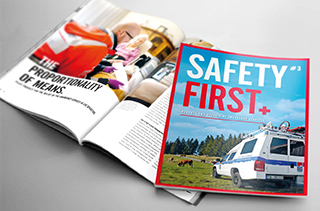
This text was first published in the WAS customer magazine „Safety First“. You can request a free copy of this and many other interesting topics by sending an e-mail to marketing@was-vehicles.com.





